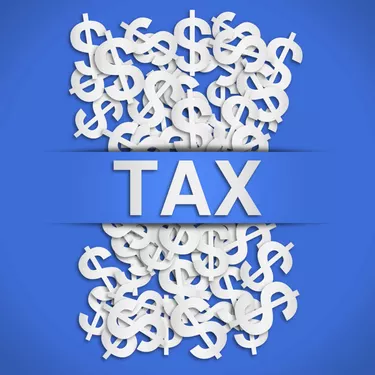

Both fiscal and monetary policies influence the performance of the economy in the near-term future. An issue standing in the way of the effectiveness of each of these is the time lag that occurs from the implementation of a policy to the actual evidence of it affecting the economy. Different reasons exist for a monetary or fiscal policy time lag, and time lags make ongoing issues for monetary and fiscal policy efforts to improve economic conditions.
Video of the Day
Monetary policy functions as a set of instructions implemented by the Federal Reserve Bank. The Federal Reserve Act sets the goals of monetary policy, which strives to maximize employment levels, stabilize prices and maintain moderate levels of long-term rates of interest. The Federal Reserve Bank uses monetary policy to control and moderate the volume of money, as well as credit and interest rates. It uses these as vehicles to influence employment levels, manufacturing output and general price levels.



Video of the Day
Fiscal policy is a set of decisions enacted by the government. Essentially, the decisions involve the purchase of goods and services, as well as spending on transfer payments, such as Social Security and welfare, and the type and amount of taxes charged.
Monetary policy changes normally take a certain amount of time to have an effect on the economy. The time lag could span anywhere from nine months up to two years.
Fiscal policy and its effects on output have a shorter time lag. When monetary policy attempts to stimulate the economy by lowering interest rates, it may take up to 18 months for evidence of any improvement in economic conditions to show up. Additionally, if the government changes its fiscal policy and chooses to increase spending, for example, the fiscal stimulus may still take several months to have any effect on the economy.